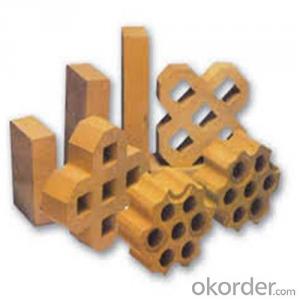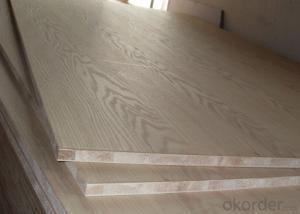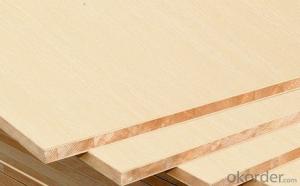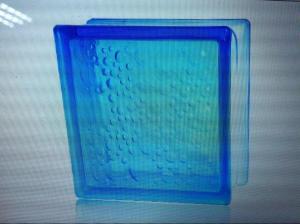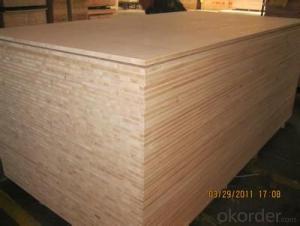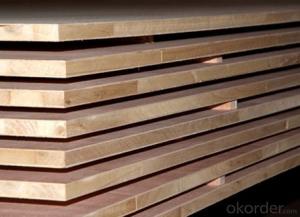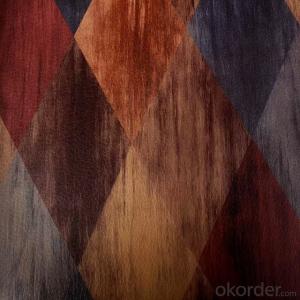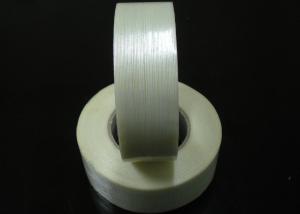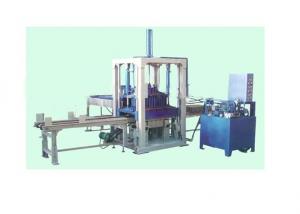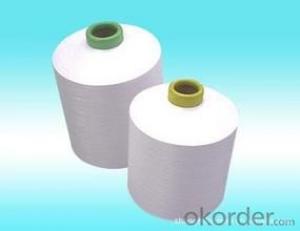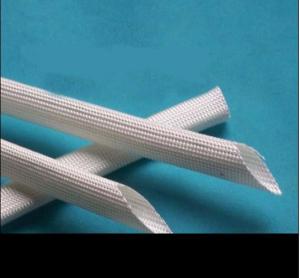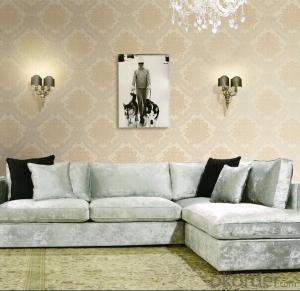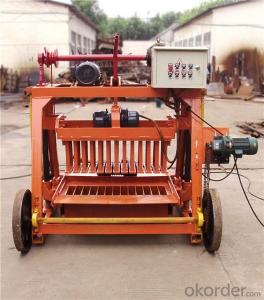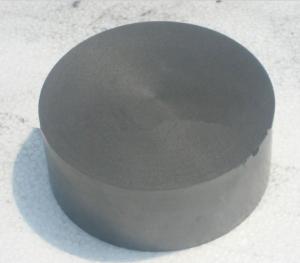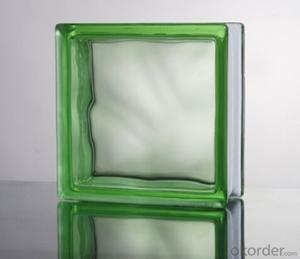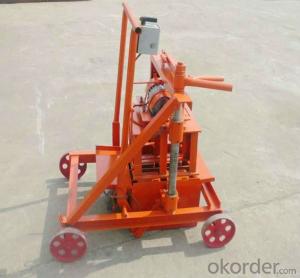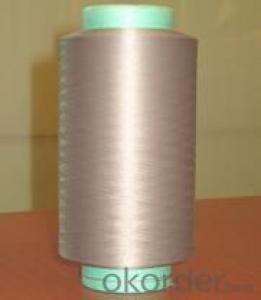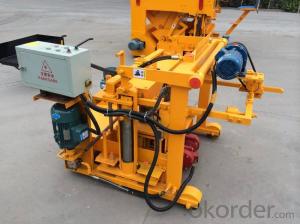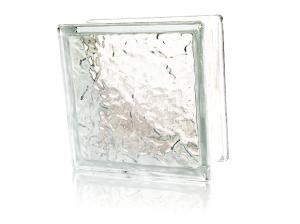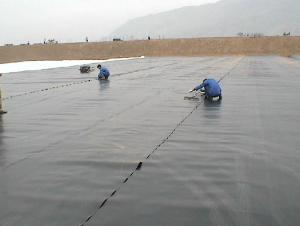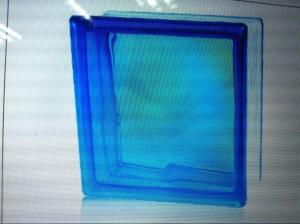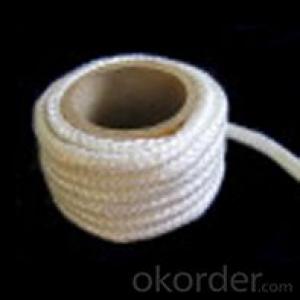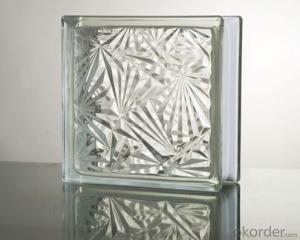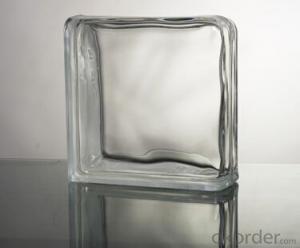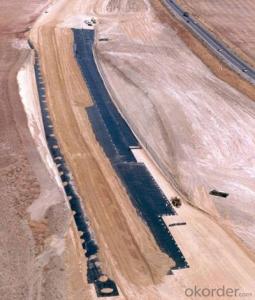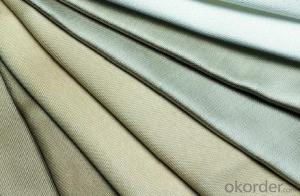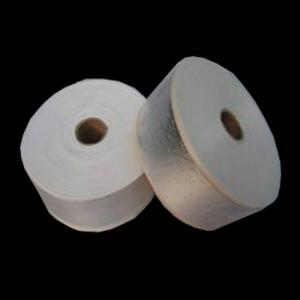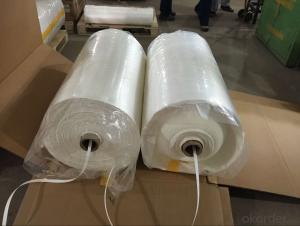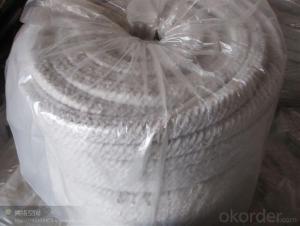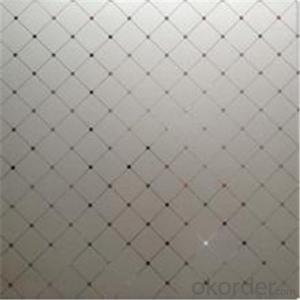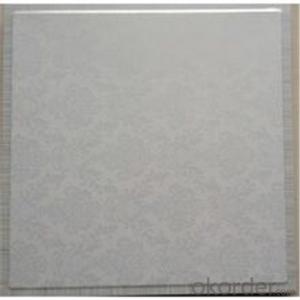Textured Cinder Block
Textured Cinder Block Related Searches
melamine board in bangladesh Aluminum Block Stock Cinder Block Machine Melamine Coated Paper Concrete Block Equipment Glass Block Weight Waterproofing Concrete Block Walls Bluclad Board Masterclad Board Render BoardHot Searches
Heated Wood Floors Cost Wood Trim Suppliers Stone Veneer Suppliers Veneer Plywood Suppliers White Melamine Board Price Black Melamine Board Price Wholesale Melamine Board Melamine Laminate Sheets Suppliers Melamine Faced Chipboard Manufacturers Melamine Faced Chipboard Suppliers UkTextured Cinder Block Supplier & Manufacturer from China
Okorder.com is a professional Textured Cinder Block supplier & manufacturer, offers integrated one-stop services including real-time quoting and online cargo tracking. We are funded by CNBM Group, a Fortune 500 enterprise and the largest Textured Cinder Block firm in China.Hot Products
FAQ
- Chemical resistance is achieved by glass fiber textiles through their inherent properties and manufacturing processes. Firstly, glass fibers possess a high resistance to various chemicals due to their amorphous nature, lacking a regular crystalline structure. This structural characteristic makes glass fibers less vulnerable to chemical attack and degradation compared to natural fibers or synthetic polymers. Moreover, different types of glass can be used in the production of glass fiber textiles, each offering specific chemical resistance properties. For instance, E-glass is commonly utilized for general chemical resistance, while C-glass provides enhanced resistance to alkali chemicals. Manufacturers can customize the textile's chemical resistance by carefully selecting the glass composition. The manufacturing process of glass fiber textiles also contributes to their chemical resistance. Typically, the glass fibers undergo coating or impregnation with chemical-resistant finishes or coatings during production. These additional layers of protection enhance the textile's resistance to chemical attack, ensuring it remains resistant to corrosive substances. Besides their inherent properties and manufacturing processes, glass fiber textiles offer other advantages that contribute to their chemical resistance. They possess high tensile strength and dimensional stability, enabling them to withstand physical stress and maintain their shape even in the presence of harsh chemicals. Furthermore, glass fibers are non-flammable and have low thermal conductivity, making them suitable for applications involving high temperatures or fire hazards. In conclusion, glass fiber textiles contribute to chemical resistance through their inherent properties, manufacturing processes, and the application of additional finishes or coatings. They provide a durable and dependable solution for applications where protection against chemical corrosion is crucial.
- Yes, glass fiber textiles are resistant to fading. Glass fibers are made of inorganic materials, such as silica, which are highly resistant to UV radiation and sunlight exposure. Unlike organic fibers like cotton or polyester, glass fibers do not undergo chemical reactions that cause fading or discoloration. This makes glass fiber textiles highly durable and long-lasting, maintaining their color and appearance even after prolonged exposure to sunlight. Additionally, glass fibers are also resistant to other environmental factors like moisture, heat, and chemicals, further adding to their fade-resistant properties.
- Glass fiber textiles and carbon fiber textiles exhibit distinct properties and strengths, rendering them suitable for diverse applications. Concerning strength, carbon fiber textiles typically surpass glass fiber textiles. Carbon fiber textiles possess an exceptionally high tensile strength, enabling them to endure pulling forces without fracturing or distorting. They are renowned for their superior strength in comparison to most other materials, including glass fiber textiles. This exceptional strength-to-weight ratio renders carbon fiber textiles perfect for lightweight yet robust materials essential in industries like aerospace, automotive, and sporting goods. Conversely, glass fiber textiles exhibit a relatively lower tensile strength when juxtaposed with carbon fiber textiles. Nevertheless, they still possess considerable strength and find widespread usage in industries such as construction, boat-building, and electrical insulation. Additionally, glass fiber textiles are more cost-effective than carbon fiber textiles, making them a popular choice for applications where primary strength is not the foremost requirement. To sum up, while both glass fiber textiles and carbon fiber textiles possess individual strengths, carbon fiber textiles generally offer superior strength compared to glass fiber textiles. However, the selection between the two hinges on the specific application and the desired equilibrium of strength, weight, and cost.
- I am producing 04 cloth of glass fiber. I want to know how to sell it
- The fabric properties are determined by fiber properties, warp and weft density, yarn structure and texture. The warp and weft density is determined by yarn structure and texture. Jingwei mithcah yarn structure, determines the physical properties of fabrics, such as weight, thickness and breaking strength.
- There are several different finishes available for glass fiber textiles, including sizing, coating, and laminating. These finishes can enhance the strength, durability, and performance of the textiles, and can also provide specific properties such as fire resistance, waterproofing, or UV protection.
- Glass fiber textiles are generally considered hypoallergenic. Glass fibers are made from inorganic materials, which means they do not contain any organic substances that could trigger allergies. Additionally, glass fibers do not shed or release any particles into the air, making them less likely to cause allergic reactions compared to natural fibers such as cotton or wool. However, it is important to note that individual sensitivities may vary, and some people may still experience allergies or irritations when in contact with glass fiber textiles.
- Yes, glass fiber textiles are generally resistant to bacterial odors due to their non-porous nature and lack of organic material that bacteria typically thrive on.
- Acoustic panels can indeed utilize glass fiber textile. Thanks to its porous structure, glass fiber textiles, like fiberglass cloth, possess exceptional sound absorption properties. By incorporating glass fiber textile into acoustic panels, the material is able to effectively absorb sound waves, thereby reducing sound reflection and reverberation. Consequently, this enhances the overall acoustics of the room. Furthermore, glass fiber textiles are lightweight, durable, and fire-resistant, rendering them suitable for use in acoustic panels. They are easily installed and come in various thicknesses and densities, allowing for customization to meet specific acoustic requirements. Due to their versatility and excellent sound absorption capabilities, glass fiber textiles have become a popular choice for acoustic panels.
